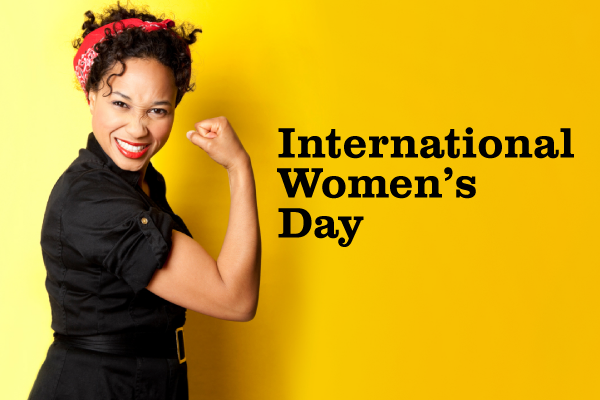
Today is international women’s day. It’s a chance to reflect on the road traveled and the long road still ahead. As of 2012, Canada ranks 21st on the World Economic Forum’s Global Gender Gap Report; a yearly study on gender equality among 135 countries.1
That said, we were three points higher in 2011. According to the World Economic Forum, Canada fell three spots because of “a small decrease in the secondary education ratio and in the percentage of women in ministerial positions.”2
In fact, Canada has suffered a steady decline since 2006, due primarily to the absence of women in politics.
While Canada has legislation in place to prevent workplace discrimination based on gender, it’s a little harder to do that in the political arena… or is it?
Many countries have passed quota legislation to make sure women were well represented in office. Costa Rica is an excellent example:
“The first quota legislation in 1994 basically relied on Costa Rica’s political parties to voluntarily increase the participation of women in elections. A second set of laws in 1998 mandated that women occupy at least 40 percent of each party’s candidate list, and in the 2002 election the law required that women be in at least 40 percent of the electable positions.”3
According to Texas’ Rice University, the number of women occupying positions within municipal legislatures in 2002 “was unmatched by any other democratically elected national legislature in the world”.
Costa Rica is currently one of the very few countries headed by a democratically elected woman – there are currently only 17.
Heather Sams, the Union’s National Equity Representative for Women, says that women in Canada are still a long way from reaching parity with men in politics.
“Think about it, last election Canadians sent a record number of women to the House of Commons,” said Sams. “That number was 76 – most of them were NDP… but that’s still just barely 25% of the seats in the House.”
And while women continue to be underrepresented in Canadian politics, there are still other battles that need our attention, especially in the workplace.
Sams says that the income gap between men and women continues to be a real problem in Canada.
“As unionized women, we’re almost there – but non-unionized women are still fighting a tough battle,” said Sams.
According to the Canadian Labour Congress, unionized women earn 93% as much as their unionized male counterparts, while non-unionize women only earn 75% as much as non-unionized men. In the private sector, the unionisation rate among women is also lower than that of men.4
“Basically, we’re still a long way from equality in the workforce,” concluded Sams.
[1] Hausmann, R., Tyson, L. & Zahidi, S. (2012). The Global Gender Gap Report, World Economic Forum.
[2] Idem
[3] Sherindan, P. (2005). To elect more women, countries should follow Costa Rica, Rice University News and Media.
[4] Still A Long Way From Equality. (2008). Canadian Labour Congress.